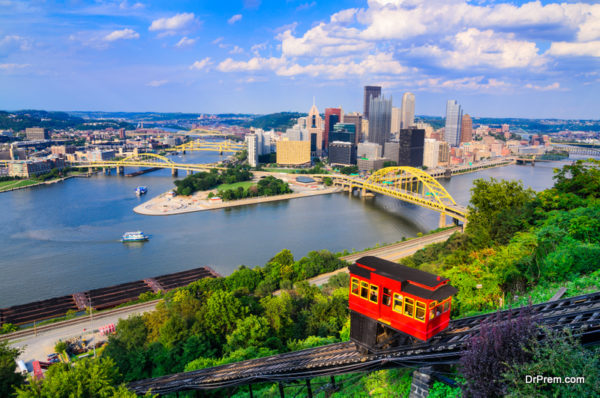Urban floods have become increasingly common in all parts of the world. There is a lot of cost involved, financial and human when floods occur in cities. Experts predict the problem might get worse with time, due to climate change factors. The pavements and paved roads in towns and cities are non-absorbent, and the land under the pavements cannot absorb the water. This leads to floods causing heavy damage, as well as a huge wastage of water which could have been used/conserved. The sponge city concept therefore is a unique one, which might help to stop the floods.
What is the sponge city concept?
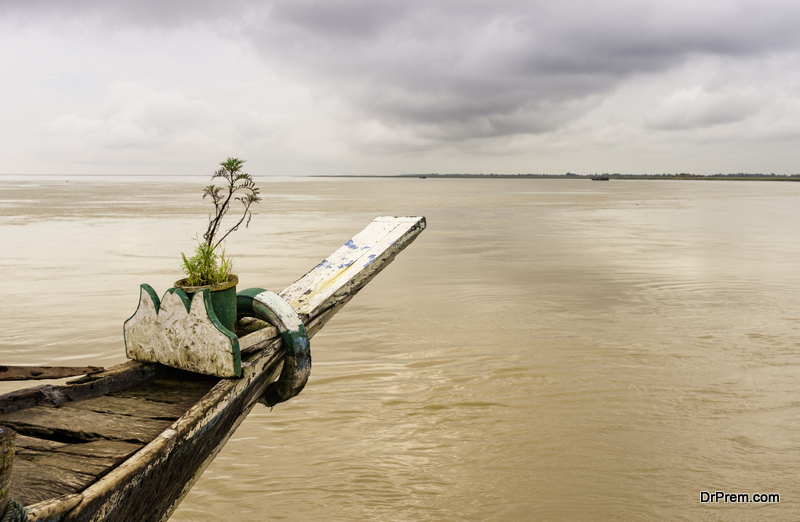
Trillions of liters of water pours onto the earth, and most of it funneled away to rivers and oceans with drains and gutters. When a city infrastructure is not planned in way to include new structures, then there are no drains or gutters to help in flood prevention. Urban floods have destoryed the homes of hundreds of people in Chennai and Mumbai. To prevent this situation, rainwater has to be collected, reused and controlled.
The sponge city concept is to design cities in a way which retains all surface water runoffs which can be used later, therby creating cities which absorb water and then release that water when it is required, in just the way a sponge behaves. The pavements can be made absorbent, so that the cities become spongier and smarter.
Man made and natural solutions for spongier cities
The man made solutions comprise of the green infrastructure improvements in planning urban areas. The natural solutions comprise of restoring the original waterways which existed before development of the city.
Man made solutions: Porous pavements, bioswales and rain gardens
1. Porous pavements
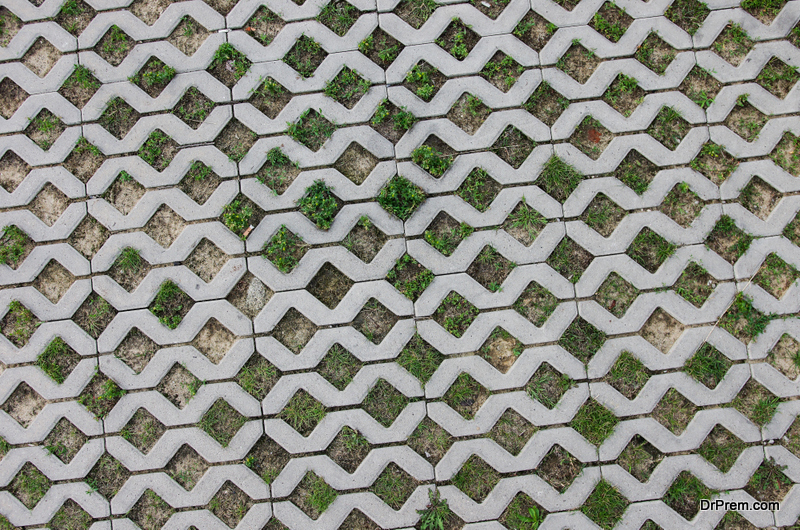
Traditional pavements or roads are constructed using sand and gravel. These are very compact structures which leaves very little space between the particles which does not allow rainwater seepage into the ground. They have an ‘air void’ of only 3%.
One of the ways for flood prevention in the sponge city concept is to construct permeable pavements made from porous asphalt. This type of asphalt is made out of larger stones and has cellulose fibers which holds the asphalt together.
In porous asphalt, the air void is upto 15-20%. These porous asphalts are placed on a type of stabilizing material as well as a gravel layer. This behaves like a reservoir which ultimately disperses the water into the ground/soil.
2. Bioswales and rain gardens

Another of the ways in the sponge city concept for flood management is the construction of bioswales and rain gardens. Rain gardens are typically depressions in soil, which are planted with plants which help to soak up the rainwater. Home gardeners can empty into their rain gardens instead of sewers, thus decreasing sewage overflows leading to flood in storms and heavy downpours.
Bioswale is a much bigger rain garden which is engineered. It is created by making deeper, larger depressions and the water can accumulate temporarily, and later drain out slowly. Bioswales are flood management method which uses R-Tanks, (containers similar to milk crates) which can be stacked just like Legos under the ground, which are capable of bearing/holding huge loads of water, and which can release the water into surrounding soil.
Examples of man made solutions: Lingang and Pittsburgh
1. Lingang, China
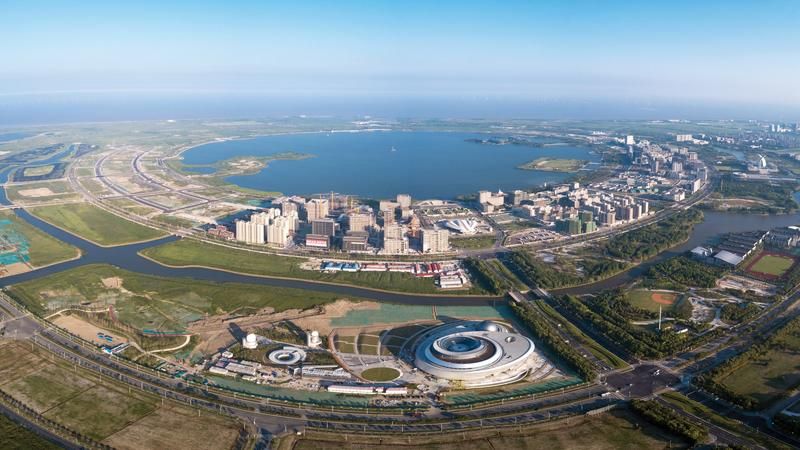
Image Source : chinadailyhk.com
Lingang or Nanhui as it is now known, has made changes to the urban infrastructure and has become the sponge city of Shanghai. The sponge city concept is being piloted in Lingang as an eco-friendly defence and drainage system as flood management measures. The city faces risks from the sea levels which are rising every year. Rapid development blocked the natural water to seep into the soil.
Rooftop plants, rain gardens, permeable pavements and wetland areas have made it possible for water draining into soil. The manmade Dishui lake helps in water conservation.
China launched the Sponge City initative based on sponge city concept, to build 30 model cities on this ideal.
2. Pittsburgh
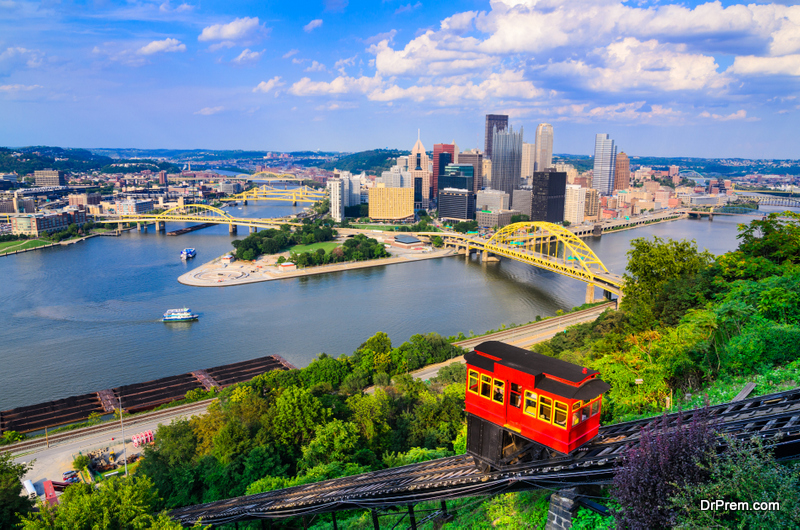
The solution that Pittsburgh opted for finally after years of struggling with stormwater was the sponge city concept. The concept allowed city planners to replan the urban plans, and build elements which imitated the area’s natural hydrology. These elements included rain gardens as well as bioswales.
Natural solutions for spongier cities
1. Restoring forest cover
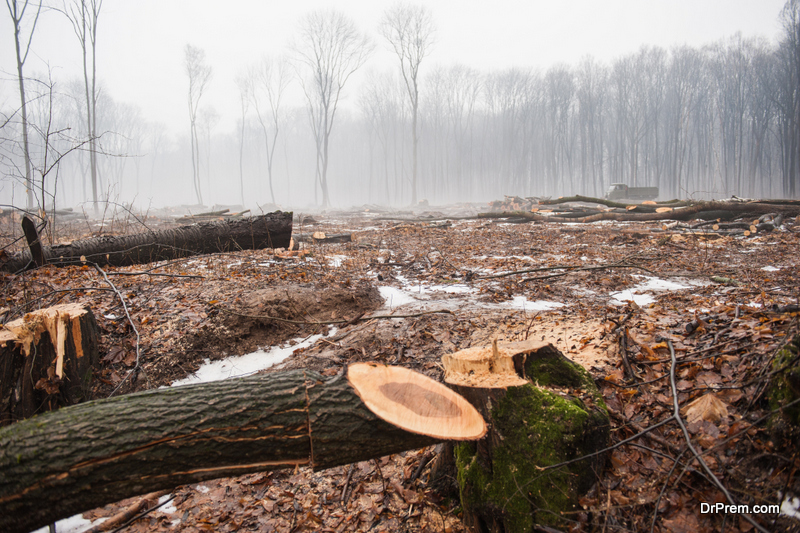
Before cities were set up and expanded, there were trees occupying the land. Billions of trees have been cut down to make way for the cities. As countless research and common sense dictates, the more trees there are, the better it is for all areas, including urban. Therefor one of the solutions is to plant/restore urban forests as they can absorb the storwater runoff.
Part of the solution for natural ways to promote the sponge city concept, is to eliminate the invasive species such as English Ivy, Himalayan blackberries etc. Other species which are planted retain stormwater much better.
Restoring the vegetation would slide help to stop cities from flooding as the trees behave like a natural sponge.
2. Example of natural filtration in cities: Seattle

Urban forests have proven to be so successful in Seattle that the concept has spread to the nearby 8 cities in the state of Washington, in order to improve their storm water managing systems. The sponge city concept is green, and cities have to be prepared to make the investments required to transform their cities, and manage rainwater to the extent that the rainwater does not flood the streets and homes.
Rethinking cities
For countries which are developing at a rapid pace, especially developing countries, the sponge concept is urgently needs to be implemented even though there are monetary problems. The porous pavements and natural solutions together can be embraced to solve the flooding problems.
In India’s Bangalore and Kampala in Bangalore, urban wetlands as well as woodlands are in the process of restoration. The sponge city solutions should be implented on a country wide basis to conserve water and put an end to urban flooding.


